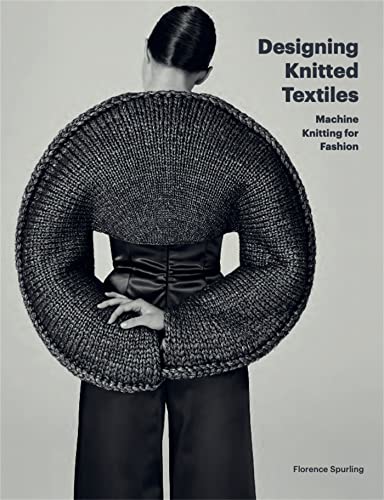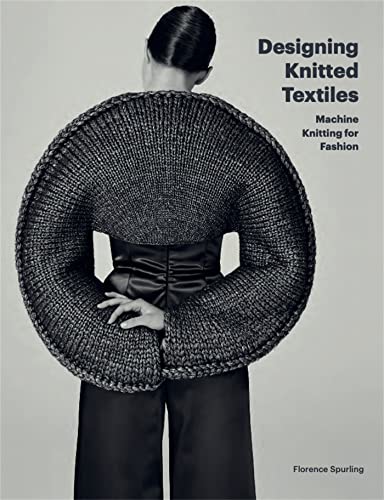Designing Knitted Textiles: Machine Knitting for Fashion is a comprehensive guide that explores the world of machine knitting in the context of fashion design. This book delves into the techniques and processes involved in creating knitted textiles using various machine knitting methods. With a combination of theoretical knowledge and practical applications, readers will gain a deep understanding of the creative opportunities and possibilities that machine knitting offers in the fashion industry.
The book covers a range of topics, including the history of machine knitting, different types of knitting machines, yarn selection, pattern design, and garment construction. It provides step-by-step instructions and illustrations to help readers master the skills needed to create unique and innovative knitted fabrics.
Whether you are a fashion student, a professional designer, or simply a knitting enthusiast, Designing Knitted Textiles: Machine Knitting for Fashion is a valuable resource that will inspire and empower you to explore the endless possibilities of machine knitting in the world of fashion.
Introduction
Designing knitted textiles for fashion has become an increasingly popular trend in recent years. From high-end fashion houses to independent designers, knitted garments are making a stylish comeback. One of the key techniques used in creating these fashionable pieces is machine knitting. This article will explore the art of machine knitting for fashion and the process of designing knitted textiles.
The Advantages of Machine Knitting
Machine knitting offers several advantages over traditional hand knitting. Firstly, it allows for greater accuracy and precision in creating intricate patterns and designs. Machines can produce consistent stitches, resulting in a more professional finish. Additionally, machine knitting is significantly faster than hand knitting, enabling designers to produce larger quantities of garments in a shorter amount of time.
Another advantage of machine knitting is the ability to experiment with different yarns and fibers. Machines can handle a wide range of materials, from fine silk to cozy wool. This versatility allows designers to create diverse textures and explore innovative combinations, resulting in unique and visually appealing textiles.
Designing knitted textiles for fashion using machine knitting involves several steps. The first step is creating a design concept, which includes selecting the appropriate yarn, colors, and patterns. Once the design is finalized, the machine is set up to match the specifications of the chosen design. The machine then starts the knitting process, following the programmed instructions.
After the knitting is complete, the fabric is carefully inspected for any imperfections or errors. Finishing touches, such as seaming and blocking, are then applied to ensure the garment is ready for wear. The final result is a beautifully crafted knitted textile that showcases the designer’s creativity and skill.
In conclusion, machine knitting is a valuable technique for designing knitted textiles for fashion. Its accuracy, speed, and versatility make it an essential tool for designers looking to create unique and stylish garments. By harnessing the power of machine knitting, fashion designers can push the boundaries of creativity and produce stunning knitted textiles that captivate and inspire.
Designing Knitted Textiles: Machine Knitting for Fashion
ASIN: B0B1D4Q3D7
Publisher: Laurence King Publishing (August 5, 2021)
Publication date: August 5, 2021
Language: English
File size: 92463 KB
Text-to-Speech: Enabled
Screen Reader: Supported
Enhanced typesetting: Enabled
X-Ray: Not Enabled
Word Wise: Not Enabled
Sticky notes: On Kindle Scribe
Print length: 200 pages



